Few mainstream filmmakers are as versatile as director George Miller. The man is responsible for multiple beloved movie franchises and some of the most innovative filming techniques ever applied to the screen – he’s a true pioneer of the cinematic arts, and his filmography is one of the most interesting bodies of work you’re likely to see. Miller has displayed powerful control over a vast range of tones, styles, and genres over the course of his career, and that speaks to his standing as a true genius of the medium.
Born in Australia to Greek parents, Miller wasn’t always going to be a filmmaker. Believe it or not, the would-be director started out as a doctor in training, and he completed his stint in medical school before embarking on his filmmaking career. It was during the completion of his medical residency that he teamed up with friend and creative partner Byron Kennedy to establish Kennedy Miller Productions in 1972. The director then worked as a doctor to support his filmmaking ventures, culminating with 1979’s “Mad Max.”
The rest is history – Miller is one of the most famous Australian directors ever to work in Hollywood, and his career has run the gamut of cinematic genre, from musicals to fables to animation to some of the most gnarly action films ever committed to celluloid. Even though he’s oscillated from PG to R-rated features, the director has always kept the heart of his creativity alive in his work. Every single film in this list is a distinctly George Miller movie. With that in mind, let’s rank every one of Miller’s fiction films, which range from being merely interesting to flat-out masterpieces.
11. Happy Feet Two (2011)
There aren’t many films on this list that feel like obligations produced for the benefit of studio heads, but “Happy Feet Two” is one such unfortunate case. The original was a critical and commercial smash, one of the biggest box office successes of Miller’s career, and an Oscar winner to boot. The success of that film made the sequel feel like a no-brainer, but what we ended up getting was a hodgepodge of half-formed ideas that never truly came together.
The story of Mumble (Elijah Wood)’s relationship with his only son, Erik (Ava Acres), just doesn’t feel like it needs to be told. Not only is it predictable, but it relies on a narrative anchor that Miller already delivered to a much more powerful effect years earlier with “Babe: Pig in the City” (i.e., the scene where Babe saves the Bull Terrier). The arc with the flying penguin Sven (Hank Azaria) doesn’t lead to any interesting narrative ends either, and there aren’t any novel musical sequences like there were in the first film. The whole thing feels like a foregone conclusion from the get-go.
That’s not to say Miller didn’t try to recapture some of the depth of the first movie. The story of the two krill, Will (Brad Pitt) and Bill (Matt Damon), is the film’s best part and its most existentialist plot thread. Leave it to George Miller to include a treatise on self-determination and nihilism in his children’s movie about dancing penguins.
10. Mad Max Beyond Thunderdome (1985)
Film trilogies usually peter out in terms of quality around the third entry (see: the long history of Hollywood film trilogies), and unfortunately, George Miller wasn’t immune to the law of diminishing returns on sequels. The third “Mad Max” film, the last featuring Mel Gibson in the title role, is also the weakest entry in the series. Miller co-directed the movie with George Ogilvie, and it was the first film he produced without his usual creative partner, Byron Kennedy. Miller has said in the past that he worked on the movie despite himself, and that sentiment is unfortunately evident in the final film.
“Beyond Thunderdome” is a mess. It was the first time Miller was working with a substantial budget and major stars (Tina Turner plays a villain named Aunty Entity in this one, and she’s not very good), and you can see some of that come into play through the extravagant sets and world-building in the film. The film is certainly a more elaborate production than its predecessors in the series, but that doesn’t make it a better film.
At the end of the day, “Beyond Thunderdome” feels like a sanitized version of “Mad Max” made for a broad audience (especially kids). The film certainly has its moments: the fight within Thunderdome is particularly exciting, and the dynamic between Bartertown and the Underworld is very intriguing. However, it eventually devolves into a trite exploration of a community of children that Max encounters in the wasteland. That plot turn gives the film that fairytale quality that Miller has repeatedly returned to throughout his career, but it feels underdeveloped here. It’s no surprise that Miller shelved the series after releasing this film, waiting until he could deliver on his vision properly decades later.
9. The Witches of Eastwick (1987)
Fully a part of the Hollywood machine by 1987, Miller pulled out all the stops while casting his follow-up to the disappointing “Beyond Thunderdome.” “The Witches of Eastwick” (based on the novel by John Updike) stars Jack Nicholson, Cher, Susan Sarandon, Michelle Pfeiffer, Veronica Cartwright, and Richard Jenkins. That’s a star-studded cast if there ever was one, and part of the joy of watching this film is getting to witness such a formidable lineup of performers play off each other.
The story follows a trio of single women (Cher, Sarandon, and Pfeiffer) who are enamored by a new addition to the population of their hometown of Eastwick: the mysterious and seductive Daryl Van Horne (Nicholson). As their relationships with Daryl develop, the women realize that there’s a lot more to their group than meets the eye. No spoilers as to what follows since part of the fun of this film is not knowing what will happen. Just suffice it to say that the title is a lot less metaphorical than you’d expect it to be during the first act.
Alas, it’s after the first act resolves itself that problems start rearing their head. This is the only film in Miller’s filmography that he does not have writing credit for, and he was obviously drawn to Michael Cristofer’s script due to its fairytale elements. However, the whole thing devolves into a special effects extravaganza with little rhyme or reason towards the climax. It’s a shame since the three actresses, in particular, do a tremendous job of instilling their characters with a sense of identity and relatability up until the plot goes off the rails.
8. Mad Max (1979)
It is frankly astounding how well the original “Mad Max” holds up once you consider everything the film had going against it. Produced on a paltry budget of 350,000 AUS, Miller and his producing partner Byron Kennedy did everything they could to deliver an action movie that would give them an entryway into the industry they wished so dearly to be a part of. That included filming without permits and building a dystopian society out of vacant lots and empty highways. The end result is a promising debut that allowed Miller and Kennedy to move on to bigger and better things with the sequels.
If your introduction to the “Mad Max” saga was with “Fury Road,” you’ll be surprised to learn that the original “Mad Max” film isn’t a post-apocalyptic film at all: it’s simply set in a dystopian Australia. It stars Mel Gibson as a police officer and family man named Max Rockatansky looking to leave the world of highway chases behind, and also features Hugh Keays-Byrne as Toecutter, the leader of a motorcycle gang that’s after Max for what he did to one of their compatriots.
The movie features some truly dangerous-looking stunts and more than a few scenes where you’ll be left wondering how Miller and his team were able to shoot the action without killing themselves (particularly a late-film car chase featuring a biker and a truck). That’s always been the case with the “Mad Max” films, which have been popular around the world for their breathtaking application of formal craft and mythic storytelling. The first film is no different, even if it’s more than a little rough around the edges.
7. Babe: Pig in the City (1998)
This is the first film in Miller’s filmography that is expressly targeted toward a child audience (if you ignore “Beyond Thunderdome,” that is). However, if you take a closer look at his filmography, it’s always been clear that the director is interested in telling fables with moralistic messages about kindness and community. “Babe: Pig in the City” is just the first film he directed that brought that thematic throughline to the fore.
A follow-up to the 1995 hit “Babe” (directed by Chris Noonan and co-written by Noonan and Miller), “Pig in the City” is a classic of children’s cinema, just like its predecessor. The story of Babe (E.G. Daily)’s first visit to the fictional city of Metropolis is as enchanting as you would expect. Miller’s knack for worldbuilding and endearing characterization is in full force during the first act of this film, during which you’re treated to adorable scene after adorable scene of delightfully voiced animals trying to get along. It helps that the script is consistently hilarious.
Also Related to George Miller Movies: The 10 Best Tilda Swinton Movies
The whole thing is divided into chapters (announced by a trio of squeaky mice) and narrated by Shakespearean actor Roscoe Lee Browne, really driving home the fact that this is Miller’s first proper fairytale movie. The sincerity of it all is quite overwhelming, up until a climax that feels slapstick for the sake of being slapstick. The final set piece (which features Magda Szubanski as Mrs. Hoggett in a clown costume bungee-jumping all across a ballroom) feels like a watered-down version of the Thunderdome fight from the third “Mad Max” movie, and it feels out of place in a film about the power of empathy. Nothing was going to top scenes like the one where Babe saves the Bull Terrier or Flealick’s dream sequence, but that certainly wasn’t the way to follow them.
6. Three Thousand Years of Longing (2022)
After the success of “Fury Road,” Miller basically got a blank cheque to make whatever he wanted before moving on to the next installment of the “Mad Max” franchise. The fact that he chose to make this film is a testament to the fact that the director is a daring, creative voice who’ll pursue his obsessions till the day he dies. “Three Thousand Years of Longing” is by no means a perfect film, but it’s still an admirable one. Based on a 1994 short story by A.S. Byatt, this is another film that Miller has been wanting to make for years.
The story, which follows a narratologist named Alithea (Tilda Swinton) who befriends a djinn in a bottle (Idris Elba) and is tasked with making three wishes, foregrounds a conversation in a hotel room against a backdrop of epic myths and fairytales. Budgeted at around 60 million USD, this is Miller’s most extravagant take on the fairytales that have hounded him over the course of his life as a storyteller. The stories that the djinn tells Alithea are massive in scope and scale, though the film eventually falls into the same trap as many of the other lower-ranked films on this list: the ending just doesn’t land.
Miller would have been better served to cut the film short by around fifteen minutes and leave the actual climax to the viewer’s imagination. What’s here is a lovely treatise on the elusiveness of love in the world, but it resolves its central conflict far too neatly and far too predictably for the project to live up to its aspirations as a modern-day fable. What’s there up until the climax, however, is riveting cinema empowered by some of the most sophisticated use of digital filmmaking tools ever put to screen.
5. Happy Feet (2006)
George Miller’s filmography is littered with passion projects that he pushed to get made for years and years. “Happy Feet,” the director’s first foray into the realm of animated feature films, is another one of those projects, and it’s without a doubt one of the most unique films on this list. Inspired by the motion-capture work that brought the character of Gollum to life in “The Lord of the Rings” films, Miller hired Elijah Wood (i.e., the actor who played Frodo) to star in his oddball animated flick about dancing penguins and social conditioning.
The result is a truly weird movie that feels like a deserving part of George Miller’s filmography. The story of Mumble (Elijah Wood) and his dancing feet was a rare passion project that hit it big with critics, audiences, and the film industry at large. The movie won the Best Animated Feature Oscar and is packed with thoughtful ideas about conformity and self-expression. Sequences like the one where Mumble connects with a girl on the other side of the display glass at Marine World stand on their own as miniature short films of great quality, while the overarching environmental themes remain as timely as ever.
While some disparage the film for its open sincerity and easy emotional beats, those things are part and parcel of Miller’s overall project. The director has always prioritized straightforward narratives of good versus evil and wrapped them up in tremendous formal techniques to capture audiences’ imaginations. “Happy Feet” is no different, and it features some terrific voice work by the likes of Robin Williams, Nicole Kidman, and Steve Irwin.
4. Lorenzo’s Oil (1992)
This film is, perhaps, the most underseen in Miller’s filmography, and it’s not hard to see why. Produced on a budget of 30 million USD, “Lorenzo’s Oil” was one of the worst financial failures of George Miller’s career, grossing under 8 million USD at the box office. That’s a true pity since it’s one of the most heartfelt films that the director has ever made and also one of the most affecting movies in his filmography.
On the surface, you might not appreciate what makes this film so special. Based on the true story of Augusto and Michaela Odone (played by Nick Nolte and Susan Sarandon), “Lorenzo’s Oil” is about the quest the couple went on to develop a cure for the adrenoleukodystrophy (ALD) disease out of a desire to save the life of their son Lorenzo. That might make the movie sound like your standard biopic, and the fact of the matter is that it is one, for the most part.
This is by far the most conventional film in Miller’s oeuvre, a straightforward story about real people with real problems outside of the bounds of genre. For anyone interested in what makes Miller a special filmmaker, however, it’s gold: this is a director who understands the appeal of a good story. That’s all that “Lorenzo’s Oil” really is. It’s a George Miller film without the pyrotechnics and formal flourishes, a testament to the director’s ability to just tell a good story. It does not glorify its subjects but rather treats them as real people driven by love to do good. At the end of the day, that’s all that George Miller’s really after.
3. Mad Max 2 (1981)
While the original “Mad Max” was certainly promising, it’s with the sequel that George Miller really started cooking with guzzolene. The film is a step up in nearly every respect from its predecessor, both in terms of the vehicular carnage and the worldbuilding and character design. A short prologue establishes that the dystopian world depicted in the original film has gone up in flames and that the new world is a post-apocalyptic wasteland – that’s some way to one-up your debut feature film!
Released in the United States as “The Road Warrior,” “Mad Max 2” feels like the vision of a director finally letting himself loose to bring his demented visions to life. The result is an action-packed film that is lean and mean. There’s none of the softness of “Beyond Thunderdome” or even the original “Mad Max” here – Mel Gibson’s performance here is of a gruff warrior, almost a mythological figure. He fights to help a refinery community escape the clutches of the evil Lord Humungus (Kjell Nilsson) and his gang of vandals.
There are, of course, a lot of throughlines between this and “Fury Road” – both films feature an oil tanker involved in a major chase that involves a lot of death and destruction and a gruff road warrior forced to help a persecuted group by circumstances outside of his control. While Miller definitely perfected his delivery for the fourth film in the series, “Mad Max 2” is still a formidable action film in its own right, bolstered by its practical carnage and committed performances. Mel Gibson also makes for a better Max Rockatansky than Tom Hardy, with much more of the quiet charisma that the role requires.
2. Furiosa: A Mad Max Saga (2024)
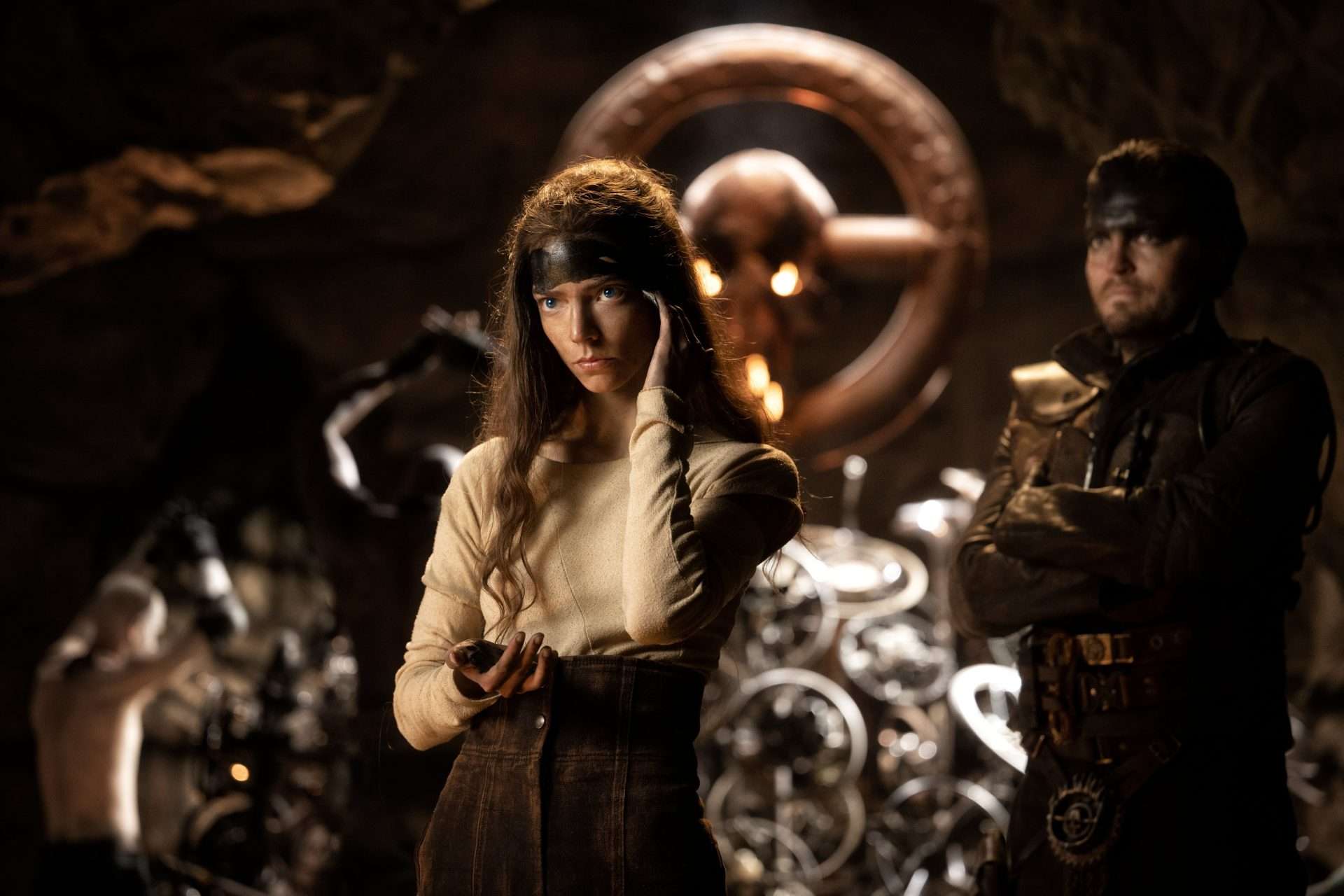
Released almost a decade after “Fury Road,” “Furiosa” is epic in scope and scale. Miller had a near-impossible task in front of him with the making of this film, which was heavily anticipated as a prequel to one of the greatest action films of all time. He obviously realized this, and instead of trying to one-up his masterpiece, the director attempted something entirely different. “Furiosa” is a monstrous fairy tale, divided into chapters like an epic myth. While its ties to “Fury Road” are indisputable, it is so different that it is practically impossible to compare to its predecessor.
Make no mistake: “Furiosa” is a remarkable film. Anya Taylor-Joy owns her incarnation of the title character and is every bit the badass that Charlize was when she took on the role (just observe how she uses her eyes in this movie – a masterclass in emoting). The action sequences are brilliant, just as invigorating as the ones in “Fury Road” at their peak. Miller remains a master of orchestrating carnage at scale, and Chris Hemsworth’s portrayal of the villainous Dementus is wonderfully hateable.
What holds “Furiosa” back is that it is heavily reliant upon “Fury Road” for its resolution. That’s the curse of being a prequel to another film; you become dependent upon that film for the culmination of your character arcs. That said, “Furiosa” is definitively one of the best prequels ever made, retroactively strengthening every moment of character in the succeeding plot and building out the legend of its lead character in ways both expected and surprising. It’s a masterpiece welded to another.
1. Mad Max: Fury Road (2015)
There are few action films as universally beloved as this one – George Miller’s magnum opus brought him roaring back onto the global stage as a master of action cinema. “Fury Road” is unlike anything you’ve ever seen. Audiences and critics love it, but it’s really the sort of film that filmmakers adore more than anything else. Just ask Steven Soderberg (the director of “Sex, Lies, and Videotape” and the “Oceans” films), who has gone on record saying that he has no idea how anyone was able to make an action film as accomplished as Fury Road.
At the heart of the adoration around the film is an appreciation of its narrative simplicity: this is a simple chase film about trying to do good in a world that you know will punish you for it. Around that framework is a formal construction of epic proportions, featuring some of the best action choreography and film editing ever seen in the medium. Miller’s center-framing style has earned him raves. Still, just as much of the credit goes to editor Margaret Sixel (also his wife), cinematographer John Seale, and composer Tom Holkenborg.
And then there’s the cast. Hugh Keays-Byrne returned to the “Mad Max” world as Immortan Joe, and Charlize Theron achieved instant-icon status with her performance as Imperator Furiosa. While the difficulties the crew faced during production are well-documented at this point, the fact of the matter is that what they achieved during the tortured production of this film is a work of art that has pushed the medium forward in numerous ways. What is the cost of greatness? The crew behind “Fury Road” will be able to tell you.


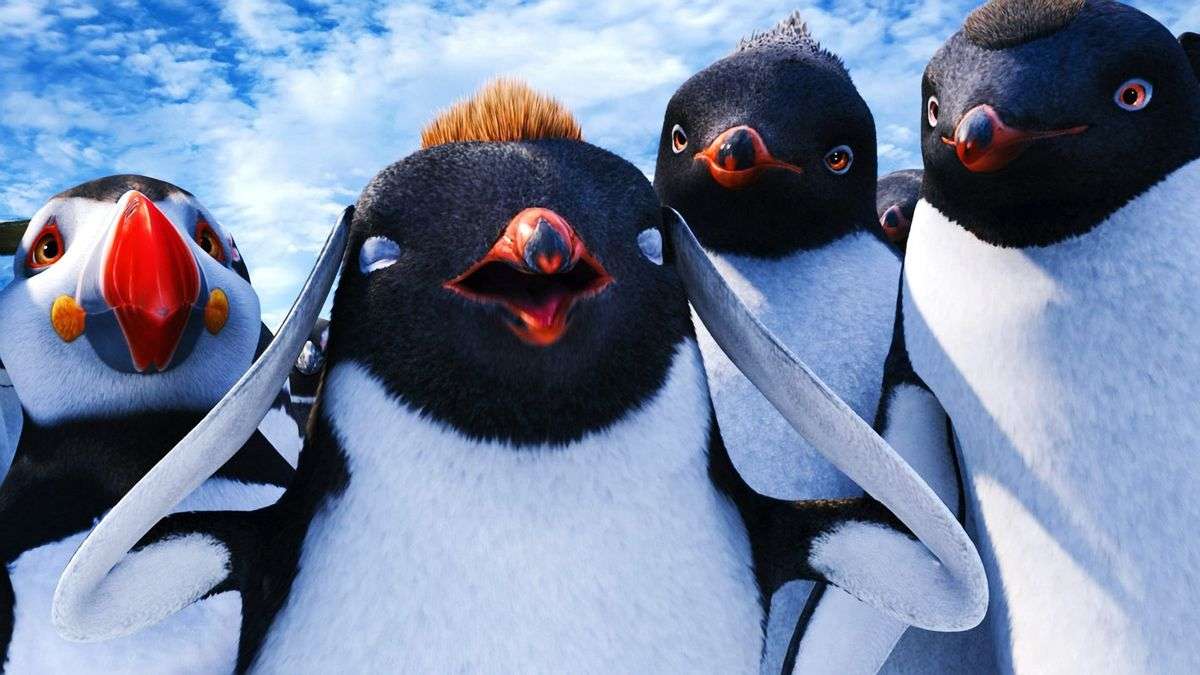
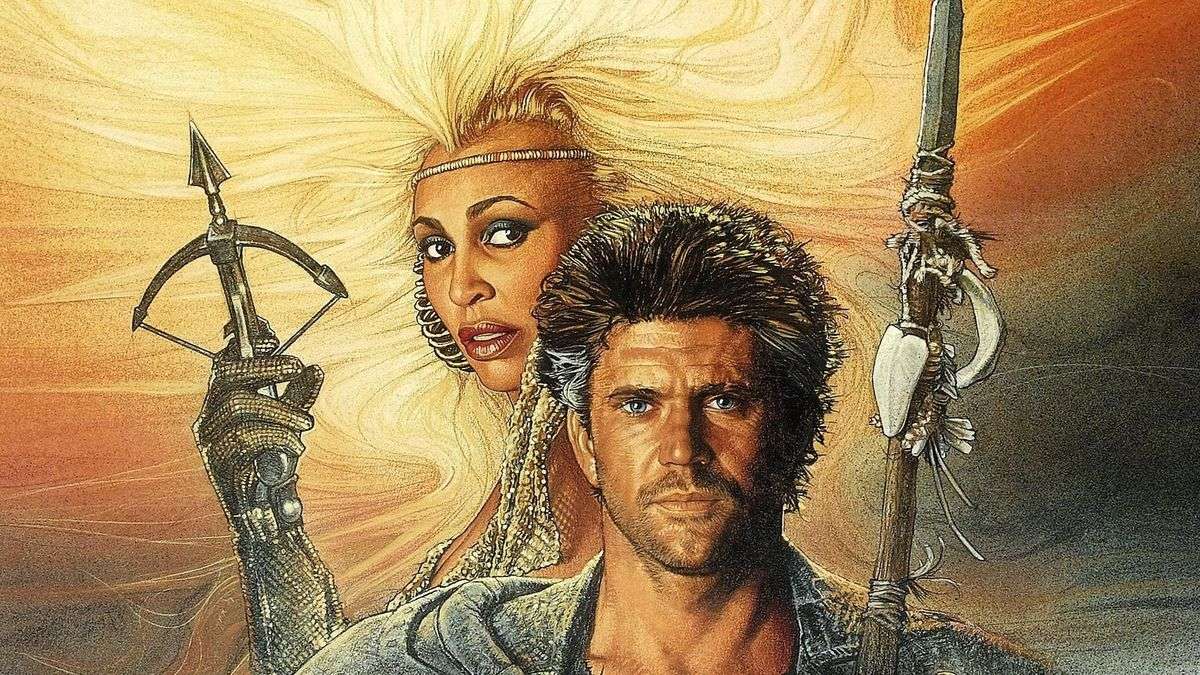
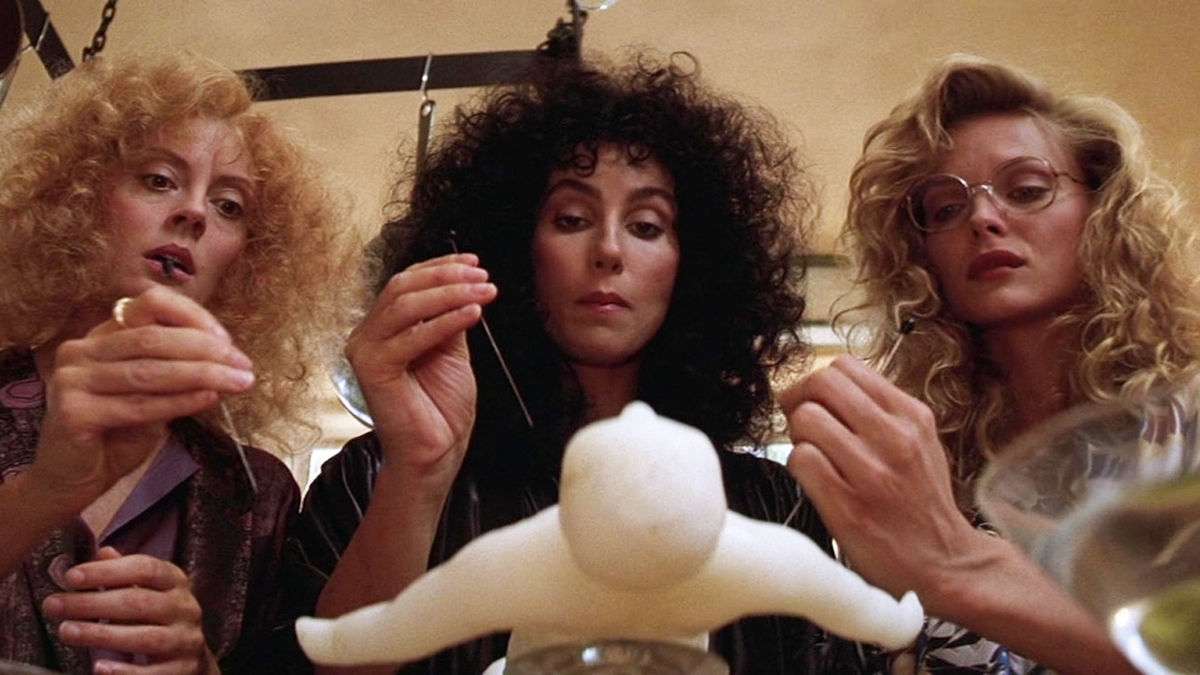
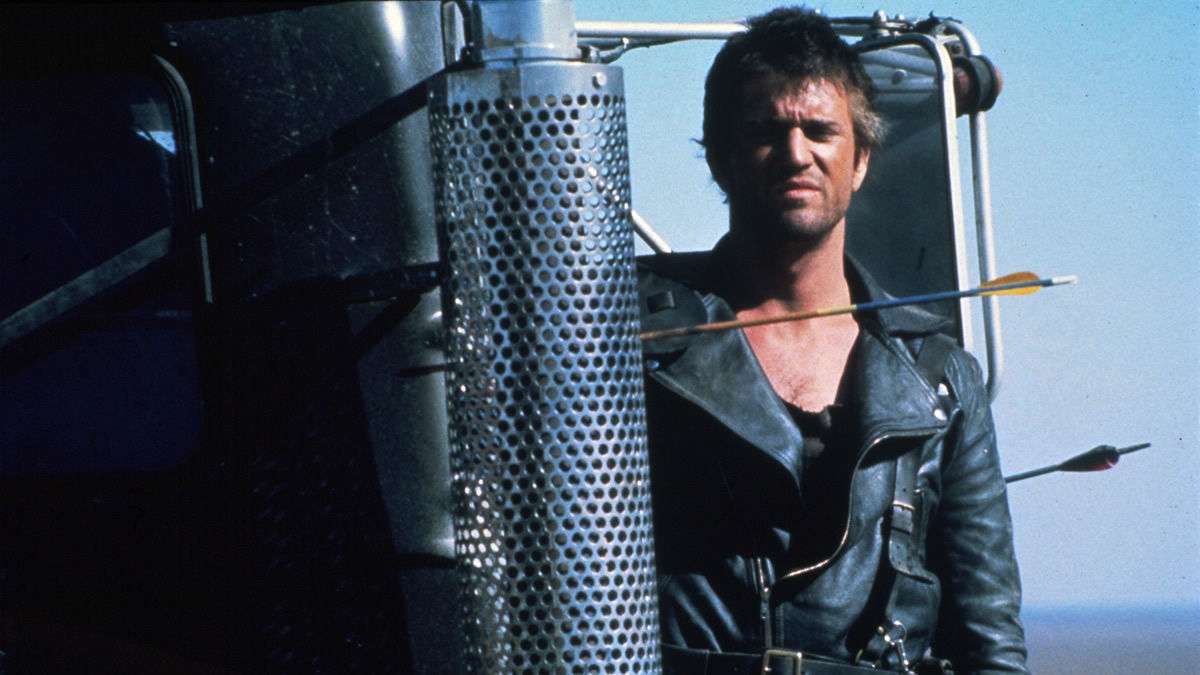
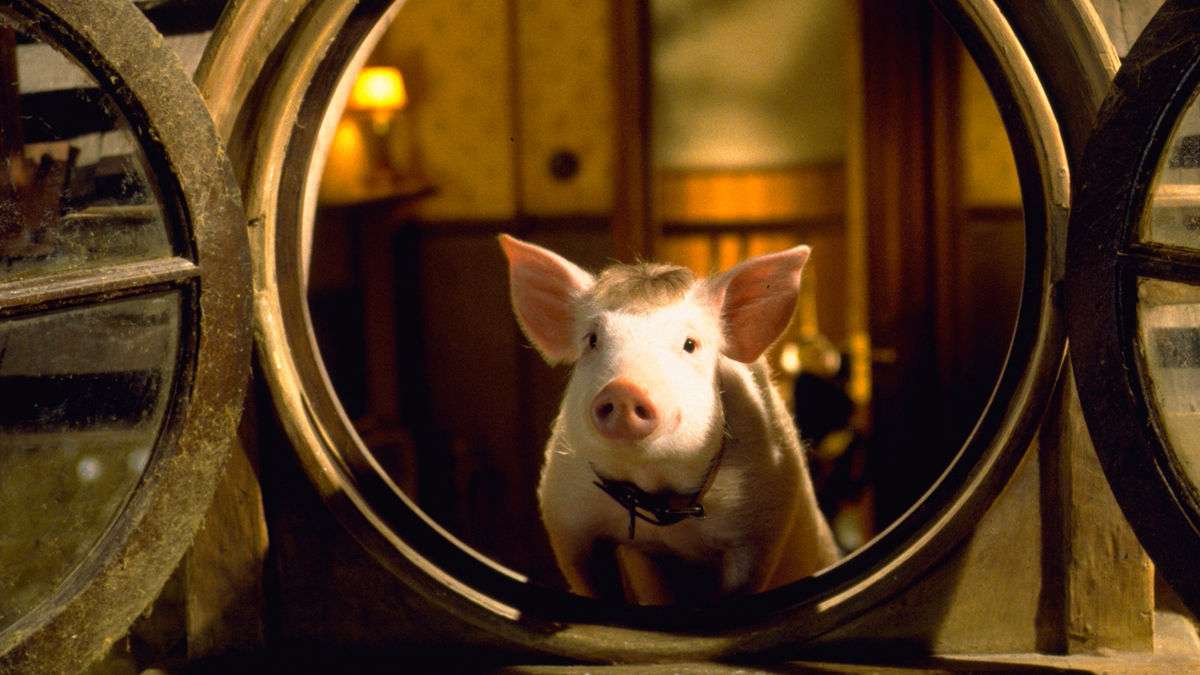
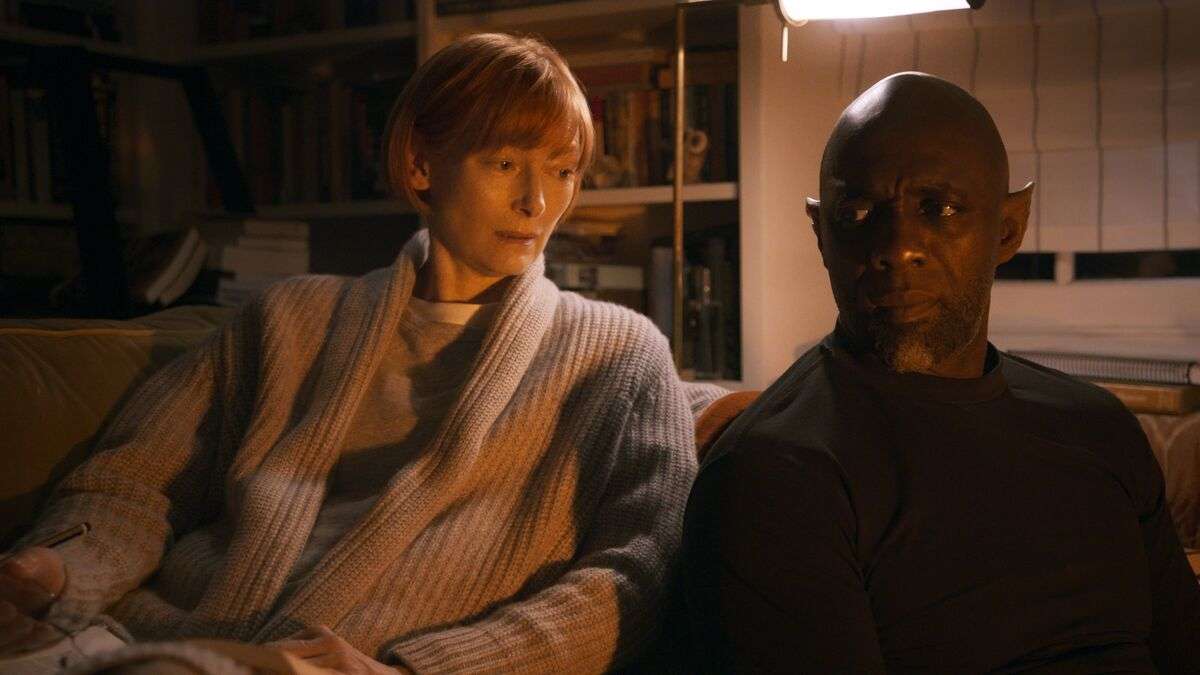

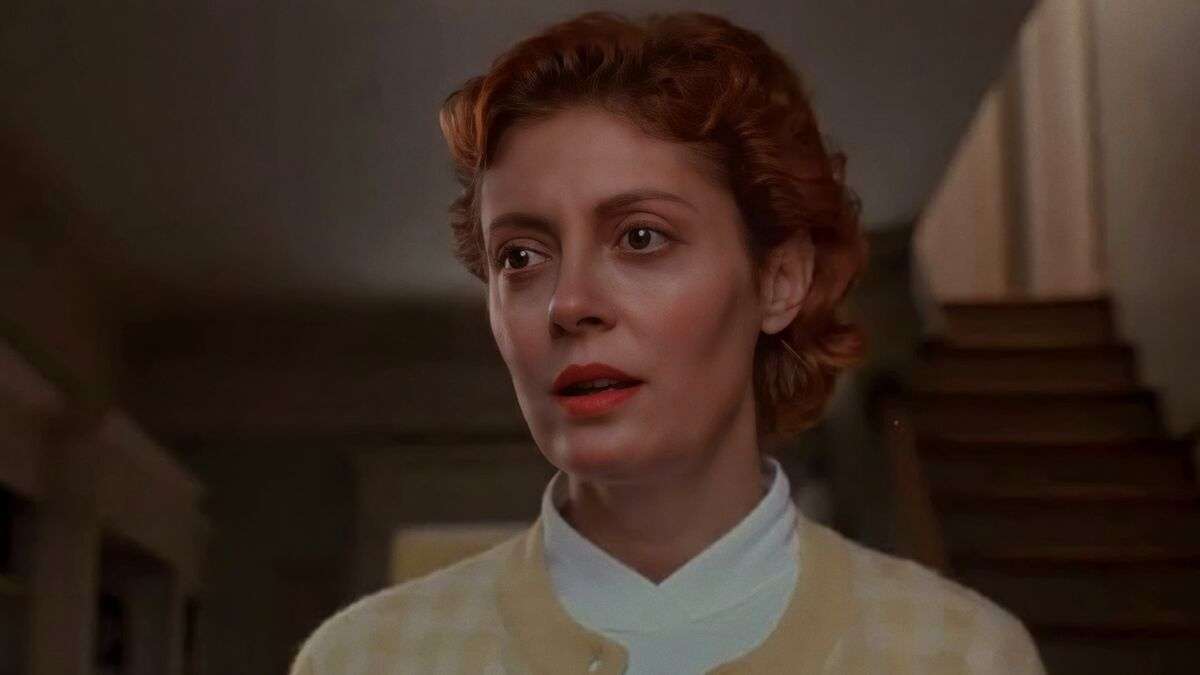
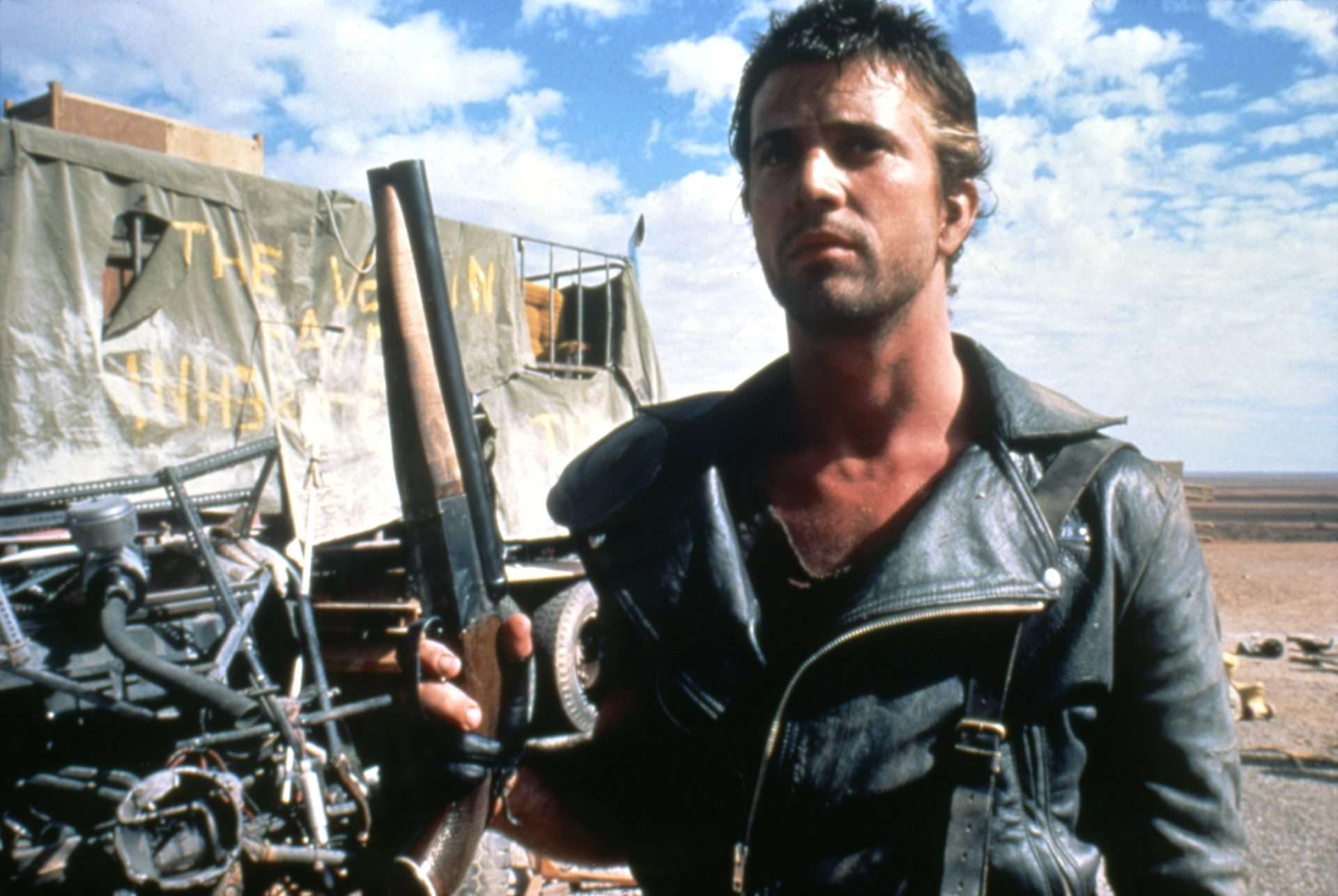
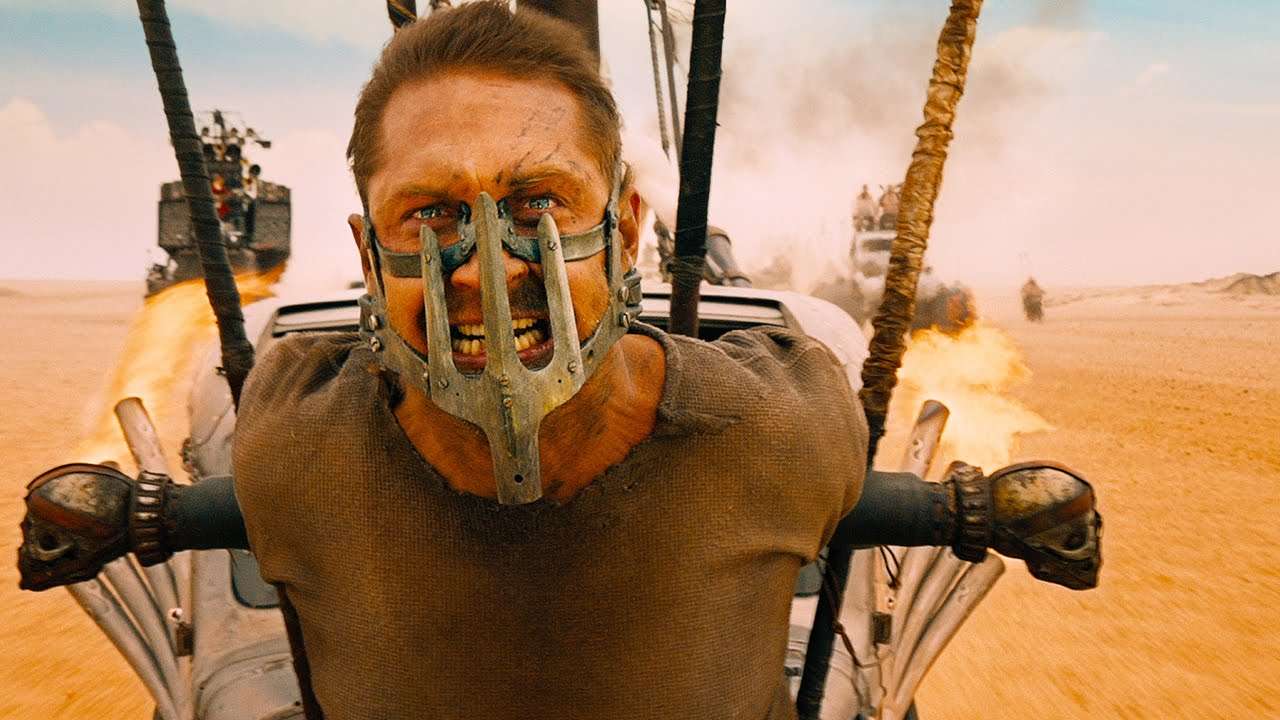
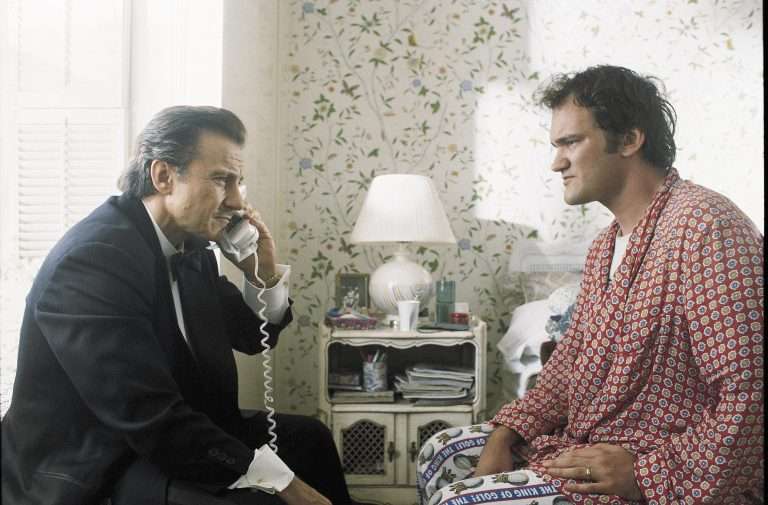
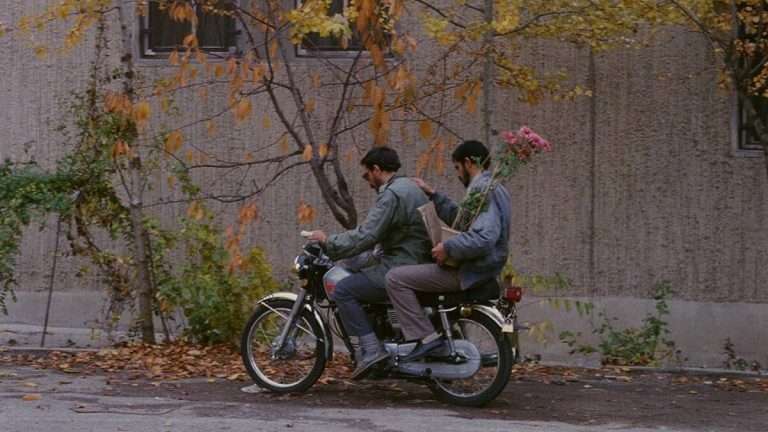
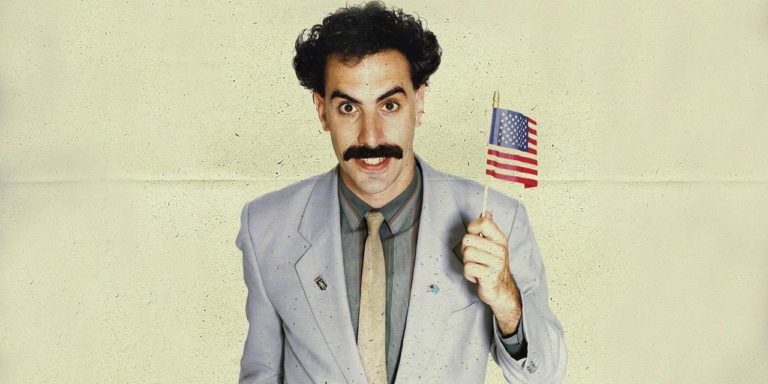
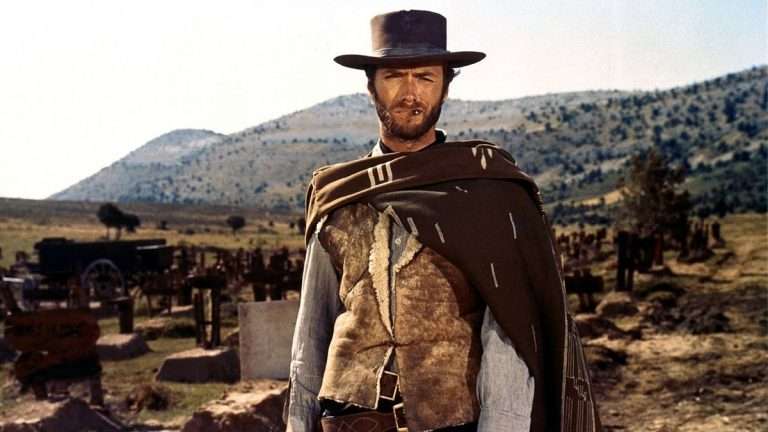

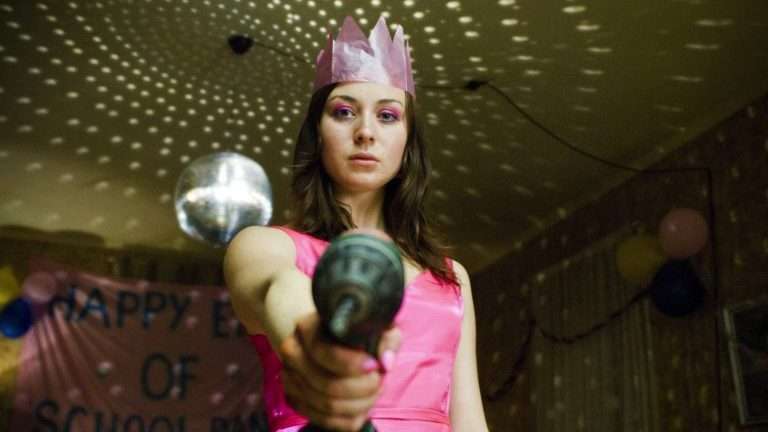
So glad to see Lorenzo’s OIl get its due. Probably the most cinematic treatment of the least cinematic subject ever made. An editorial masterpiece.